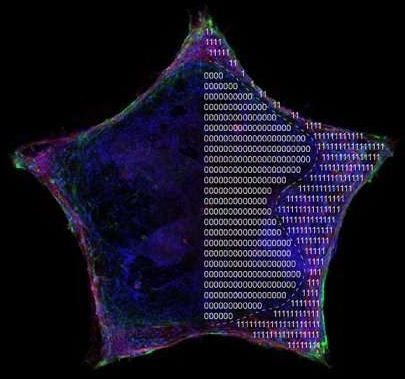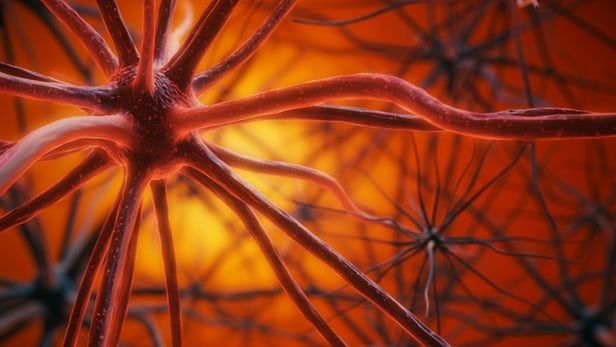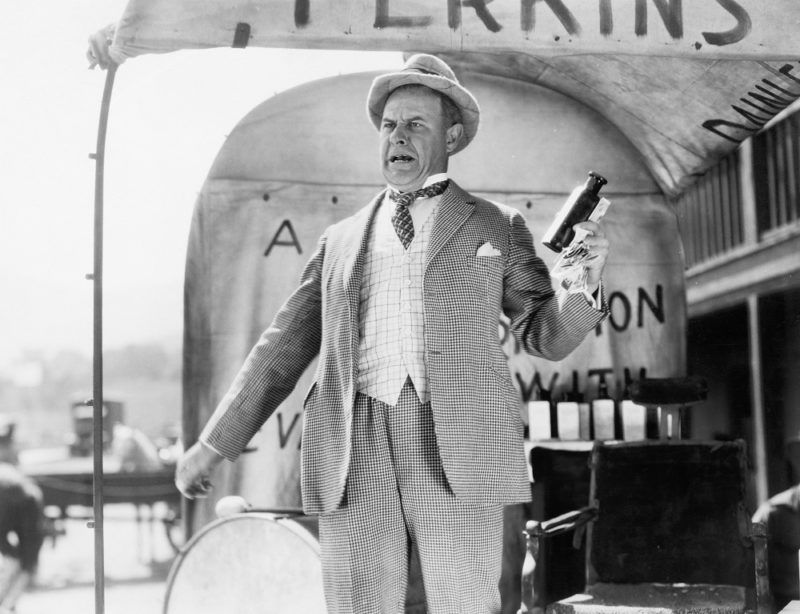Today, we would like to share the talk that Steven A. Garan gave at our recent conference in New York, Ending Age-Related Diseases: Investment Prospects & Advances in Research. The conference focused on bringing together the world of research and investment and bringing thought leaders, investors, the media, and the general public together.
Steven A. Garan is the Director of Bioinformatics at the Center for Research and Education on Aging (CREA) and a researcher at UC Berkeley National Laboratory. In his talk at Ending Age-Related Diseases, he discussed the impact of various present and future Silicon Valley technology breakthroughs on overcoming aging.
He gave a somewhat future-facing talk at the conference, which may surprise some people given his senior position at Berkeley; however, we consider this a sign of how times have changed in the last decade. Ten years ago, talking about ending aging would potentially have damaged your career and gotten you unfairly labeled as fringe, much as Dr. Aubrey de Grey was for many years until many others joined his crusade to end aging. It was therefore refreshing to hear Steven talk so positively about the future of biomedical science and about doing something about aging itself in order to end age-related diseases.






